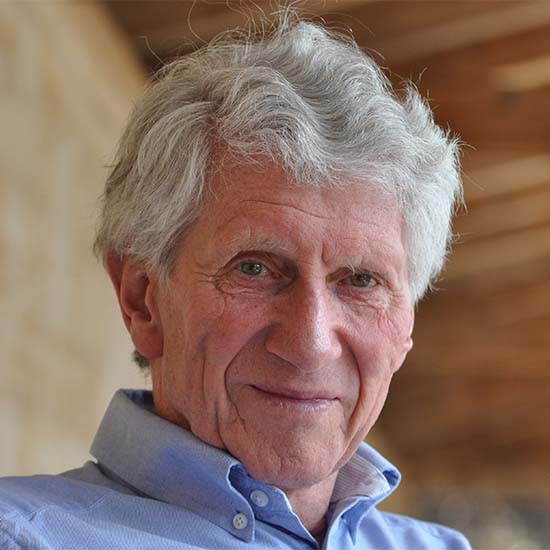Kenneth Holmes was renowned for pioneering the use of X-rays from synchrotron particle accelerators to study biological structures at previously unachievable speeds. This technique is now a pillar of modern molecular biology. Kenneth’s many research results included revealing the structure of actin and myosin — proteins with key roles in turning chemical energy into muscle movement.
The molecular structure of biological samples can be deduced from the diffraction pattern formed when X-rays are passed through them. Kenneth’s calculations showed that X-rays from electron synchrotrons would be much more intense than other sources, allowing much higher resolution structures to be obtained. He founded a laboratory to exploit these insights at the Deutsches Elektronen-Synchrotron (DESY) facility in Hamburg, Germany.
Kenneth’s awards included the Gabor Medal of the Royal Society, the European Science Foundation’s European Latsis Prize, and the 2001 Gregori Aminoff Prize of the Royal Swedish Academy of Sciences.
Professor Kenneth Holmes FRS died on 2 November 2021.
Professional position
- Emeritus Director of Biophysics, Max Planck Institute for Medical Research, Max Planck Society
Subject groups
-
Molecules of Life
Biophysics and structural biology
Awards
-
Gabor Medal
In recognition of his achievements in molecular biology, in particular his pioneering analyses of biological structures and viruses, and his development of the use of synchrotron radiation for X-ray diffraction experiments, now a widely used technique not only in molecular biology but in physics and materials science.

